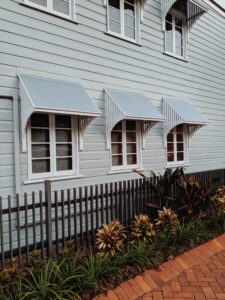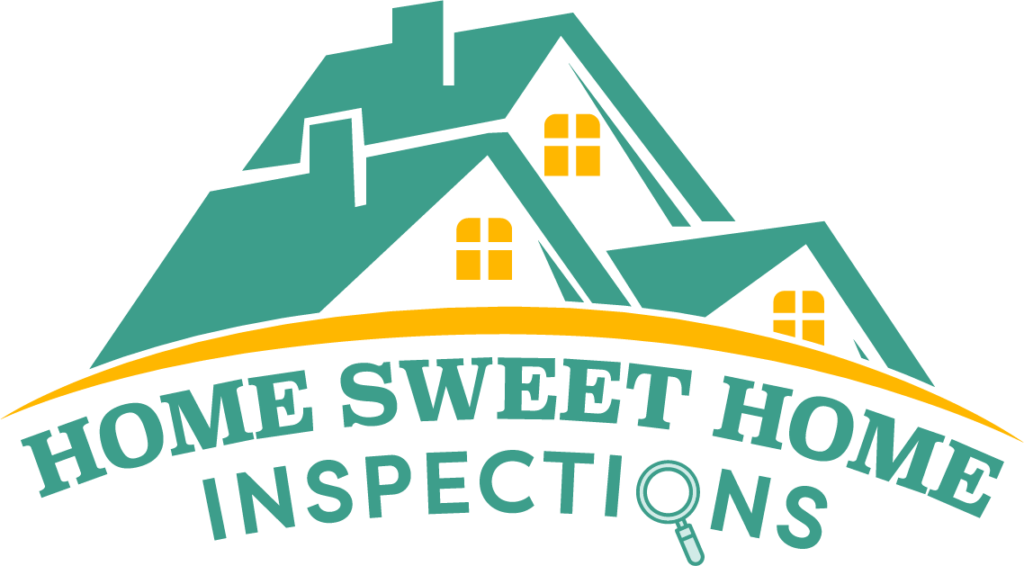When buying any home it is crucial to obtain a Home Inspection to ensure the property doesn’t have any unknown major repairs that could cost you significant money after the closing. Included in the report could be a number of different issues, but unless you know what to look for you may not be able to decipher what’s important and what are non-issues. We’ll walk through what is going to be included in the report as well as what to focus on.
What’s Included in the Home Inspection Report:

Most home inspections are broken down into four major parts:
1. The information section will identify the basic details of the home such as construction date, square footage, etc.
2. Table of Contents
3. A report summary to identify major issues
4. Details regarding the major home systems such as heating/AC, Plumbing, and Electric to determine their age and functionality
In addition to these main components of the report, you will also have information regarding the following:
- Roof features and condition including flashing, skylights (if applicable), and shingles
- Exterior features such as driveways, walkways, balconies, porches, patios, and siding
- Structural components of the home such as the framing and foundation of the home
What’s NOT Included in the Home Inspection Report
Unfortunately, there are some items a standard inspection will not cover. These include information regarding the inside of the walls of the home, septic systems, and wells. If there are any visual signs that these items could require further inspection it is recommended that you hire a specialty inspection to cover these items as well as the last thing you want when you buy a home are surprises after closing.
Also, an inspector will generally not provide estimates as to the repair costs for any found issues. They can and usually will give a recommendation of who you should contact for any potential repairs, but getting in contact with them and getting estimates of the repairs would be your own responsibility.
Code Keys
Most inspections will use a one or two-letter code key to indicate what they have done and if there are any issues. Here are some of the codes you will see included in your report:
S – Safety Concern
R – General Repair needed
D – Defect or something that is not functioning and most likely in need of repair or replacement
I – Inspected item
NI – Not inspected item
NP – Not Present, could also indicate not accessible
Summary Section of Report
In every inspection report, you will find a summary section. Sometimes it is at the beginning and sometimes at the end of the report, but you will always want to pay close attention to this section as it will highlight the major issues the inspector found and wants to identify for you.
The summary page is the section of the report you will want to review with your realtor to determine what items you want to ask them to repair and what items you are ok with them leaving as is. Generally, your first instinct is to request everything found in the report be repaired by the sellers. This can be done, but may not always be your best approach as there is no reason to delay your closing over a repair that is going to cost you a very small amount out of pocket to fix yourself after closing.
On the other hand, you will want to ask them to repair anything that could hinder your closing as an issue to the lender, as well as requesting they repair any major items. Each individual home buyer will have a different threshold of what’s a major cost to them and what isn’t.
Realtors Can Help
At the end of the day, your realtor should be able to walk you through your report and hopefully point you in the right direction as far as how you should proceed once the report is received. If not, I hope this can help you to understand what to look for as well.
Please Contact Home Sweet Home Inspections with any inspection needs or questions!
